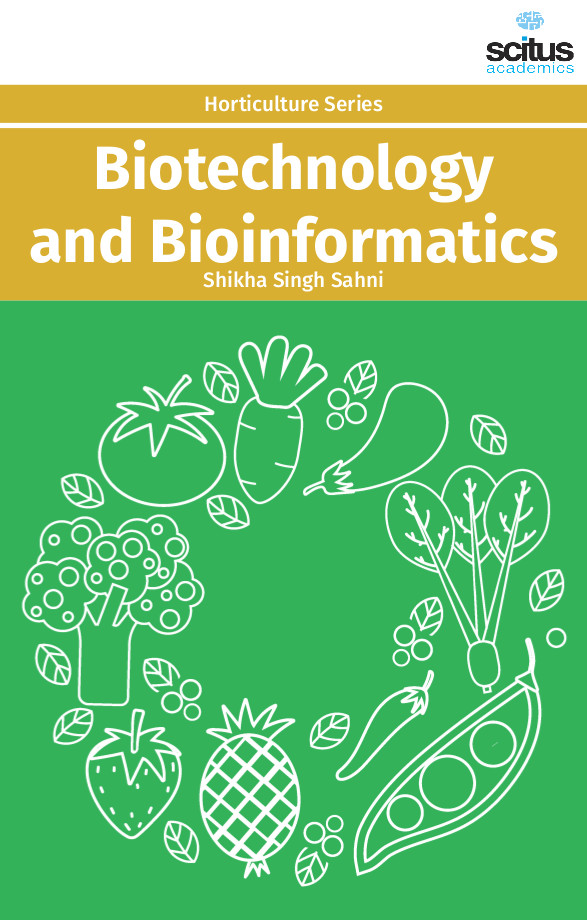Over the past few decades, major advances in the field of molecular biology, coupled with advances in genomic technologies, have led to an explosive growth in the biological information generated by the scientific community. This surge of genomic information has, in turn, led to an absolute requirement for computerized databases to store, organize, and index the data and for specialized tools to view and analyze the data. There are many tools in bioinformatics, with many functions to suit the needs and expertise of the scientists using them. Gene and protein databases are constantly being updated with information that aid scientists all around the world, in whatever field of the life sciences they are working. Bioinformatics carries benefits for plant researchers: it can aid in plant breeding and genetic engineering, and allow plant scientists to produce better crops for the future. By knowing which plants are closely related, scientists can figure out which sexually compatible species have desirable characteristics (such as longer stalks for rice plants, or larger grains for barley, corn, or wheat). The wild relatives of today’s plants may be sources of crop improvement genes. This information, in conjunction with appropriate technology, may provide predictive measures of plant health and quality and become part of future breeding decision management systems. Next-generation sequencing coupled with high-performance computing methods have revolutionized the field of plant breeding and genetics.
The volume ‘Biotechnology and Bioinformatics’ contains recent advances in certain biotechnological applications. It presents some of the key concepts, methods, software packages, and databases used in bioinformatics, with an emphasis on those relevant to plant science. It also cover some fundamental issues related to biological sequence analyses, transcriptome analyses, computational proteomics, computational metabolomics, bio-ontologies, and biological databases. A focus on a few emerging research topics in bioinformatics is given.
This book will be very helpful to the undergraduate and postgraduate students, researchers, teachers of microbiology, biotechnology, agriculture and horticulture.













